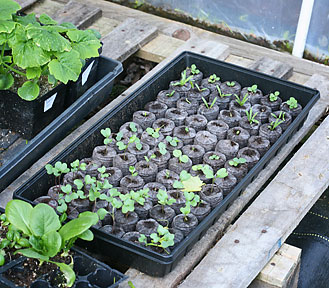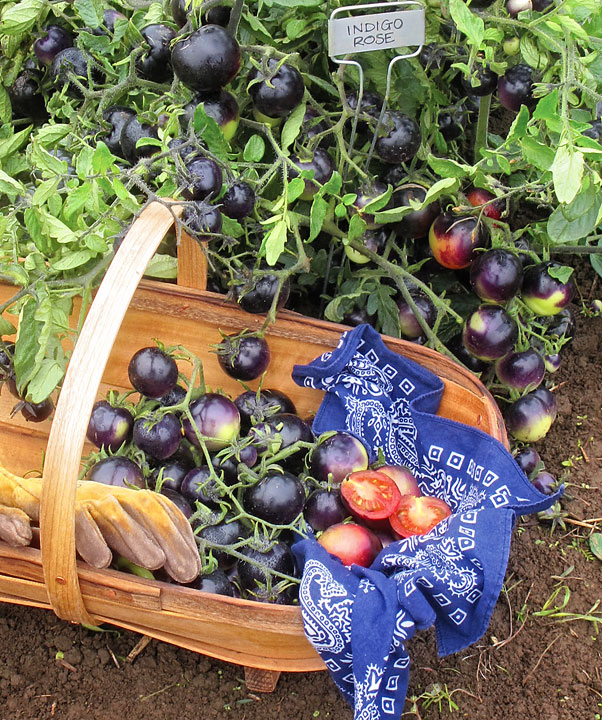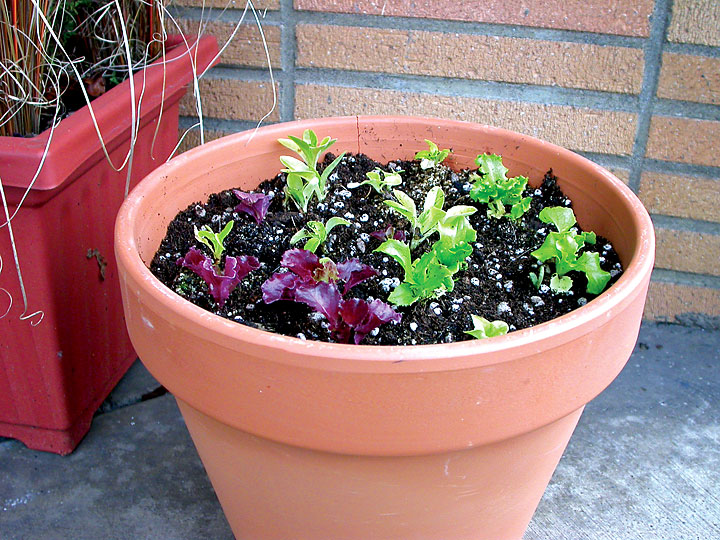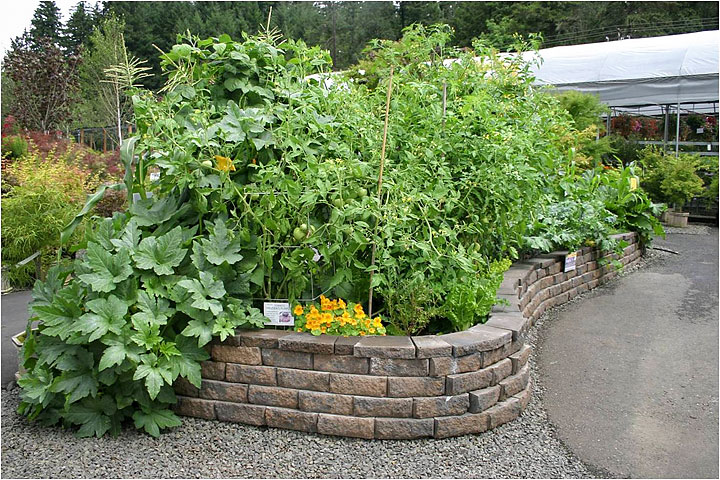
Early spring is the time to begin thinking about a vegetable garden and with the seed catalogs that have been arriving at my house; it is a telling signal that the arrival of spring is not far away. I enjoy seeing and reading about the many new introductions as well as reading about old favorites. Then it’s time to begin starting seeds indoors.
 With the cool weather we often have here in the Pacific Northwest, there are many summer vegetable plants that need to be started indoors from seed and then set out into the garden once warm weather arrives. Starting seeds indoors is quite easy and with a little preparation and planning, many gardeners look forward to this aspect of gardening. If you do not have a sunny window, there are many types of grow lights that can be used in areas that do not get enough natural light. Check out your local garden center or seed catalog for seed trays and peat moss or plastic pots to get started. Often times a special heating pad for plants will help warm up the soil and encourage germination. Starting with good soil is critical and Black Gold Seedling Mix is especially made for starting seeds.
With the cool weather we often have here in the Pacific Northwest, there are many summer vegetable plants that need to be started indoors from seed and then set out into the garden once warm weather arrives. Starting seeds indoors is quite easy and with a little preparation and planning, many gardeners look forward to this aspect of gardening. If you do not have a sunny window, there are many types of grow lights that can be used in areas that do not get enough natural light. Check out your local garden center or seed catalog for seed trays and peat moss or plastic pots to get started. Often times a special heating pad for plants will help warm up the soil and encourage germination. Starting with good soil is critical and Black Gold Seedling Mix is especially made for starting seeds.
Planning your Plantings
When planning what is to be planted, think about what vegetables you most enjoy eating fresh and consider the space and location available for planting. Pumpkins and many squash take lots of ground space as they send their stems out over the ground. Cucumbers are also crawlers but can be trained to grow on a trellis and thus free up ground space. It is interesting what some gardeners think of and how they can be very creative in small space situations. I have seen cucumbers growing in a container on a deck with a trellis for support and lettuce growing at the base. Lettuce is very easy to grow from seed and with its’ different colored leaves, it can make an attractive foliage plant on a deck. Also having a plant close to the kitchen makes it convenient to cut leaves for salad. Sow lettuce seeds directly in a pot and then thin seedling as necessary and set pot outside.
Be Creative
As part of the planning stage for where vegetables might be grown, think outside the box and it might be surprising what spaces you might have available. Several years ago, a local garden center got very creative and made a vegetable garden over what was a gravel parking area. They built a raised bed garden in what was a gravel area and planted it with a wide assortment of vegetables. Last year I saw this same idea used by a homeowner over what had been an unused driveway. This was very creative and produced an abundance of fresh produce. If this idea is feasible for your space, do a rough layout of the produce you want to plant and start seeds from tender summer plants now.
Indoors or Out?
The seeds you select to start indoors should primarily be those that, for a homeowner, are best not directly sown outdoors. Seeds such as beans and corn which are usually sown directly outdoors, can be started indoors and by doing so you will have a head start on their growth when you transplant them outdoors.
When seeds germinate and the new leaves appear, they are at one of their most vulnerable stages. Make sure they have adequate light so they do not become ‘leggy’ and be sure to give them sufficient moisture. In Pacific Northwest gardens, slugs can be a major pest and are attracted to the tender new leaves of many plants. Seedlings will likely be damaged by slugs if some kind of bait is not applied when plants are set outdoors.
Tomatoes from Seed
The most popular of all home grown produce is the tomato. There are so many different varieties to choose from, it can be overwhelming. I always suggest looking at the name tag of the plant and there should be an indication of the length of days to maturity. Select an assortment, early, mid-season, and late to extend your harvest. The early and mid-season types are more reliable if we have a cool fall season, many of the later maturing tomatoes will not ripen. Check with neighbors and see which varieties perform best for them and then, of course, try some new ones.
Tomatoes should be started indoors and a good indication of when to start the seeds is about six weeks before it is time to set plants outdoors. Use Black Gold Seedling Mix and just barely cover the seed. Keep the soil moist and the use of a heating pad is advisable.

As gardeners are always on the lookout for something new, a tomato that has recently be introduced called Indigo Rose would be one to try. It was developed by Oregon State University and so has been bred for our area. It is very high in anthocyanin (a naturally occurring pigment that has been shown to help fight certain diseases in humans) and this anthocyanin creates what is almost a blue skin tomato. The inside flesh is the same rouge tone we expect and the flavor is excellent. The fruits are about 2-inch round, are very prolific and remind me of clusters of purple plums.
Do not be intimidated by starting seeds. You will have a much wider of a selection of varieties to chose from and have the enjoyment of knowing you started your own plants. I always like to mention that getting children in a seed starting project is an excellent way to introduce them to gardening. A seed that I find works especially well is nasturtium. It is a large seed, germinates quickly, grows fast and all parts of the plant are edible.



